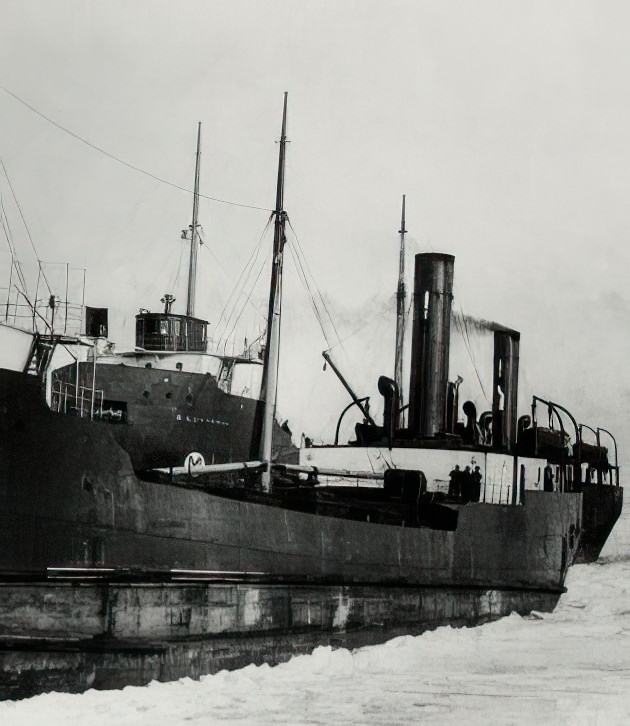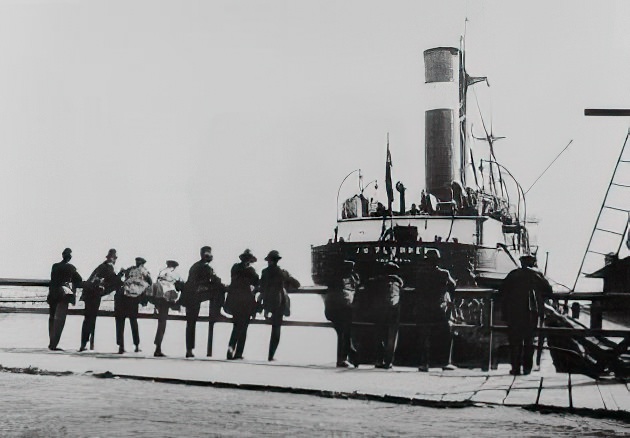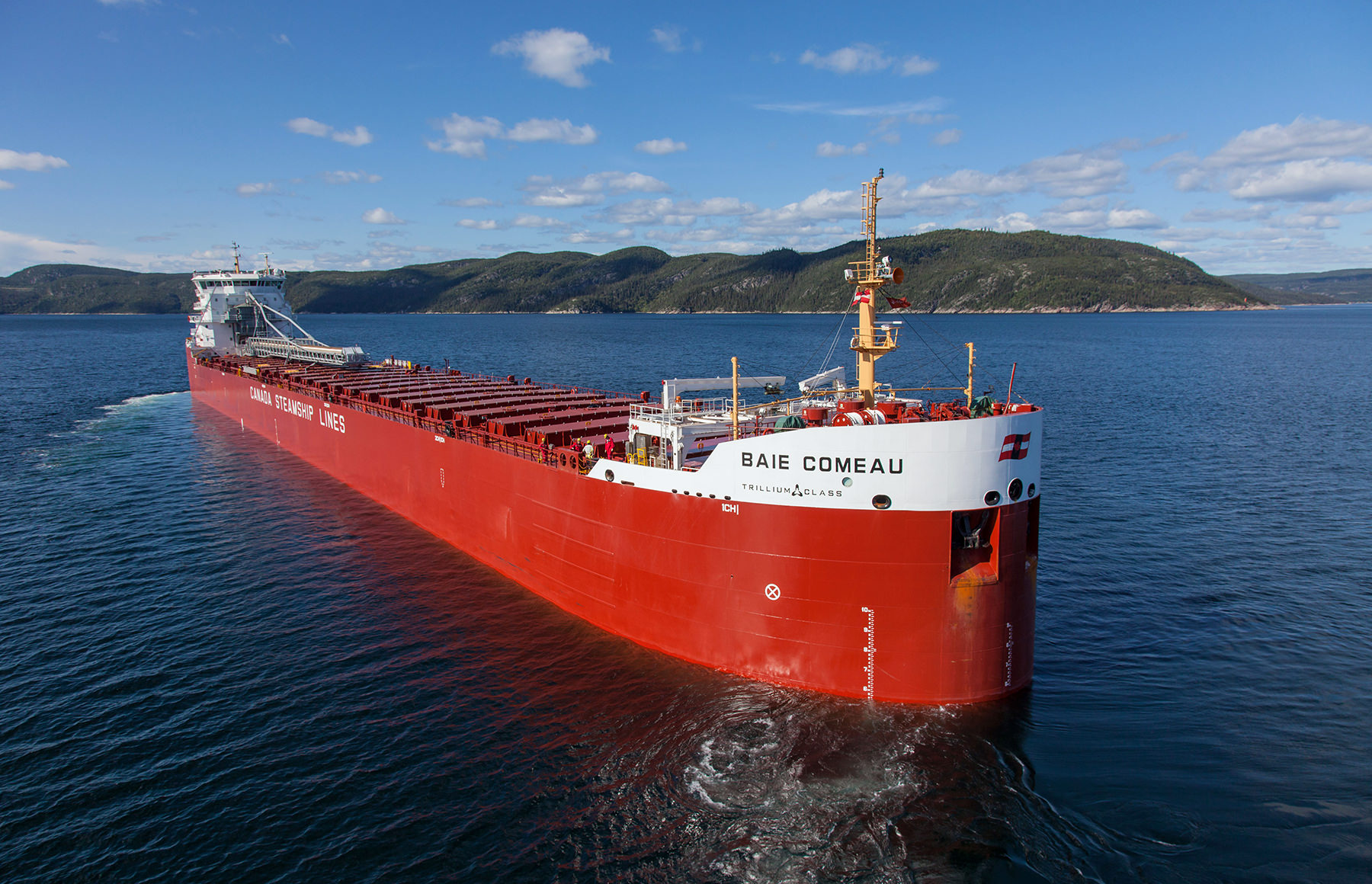
Our story
CSL ships During World War I
The Role of CSL Ships During the First World War
When “The War to End All Wars” erupted in Europe in 1914, it was not long before Canada was called to assist on the battlefields and on the sea. Ships were needed faster than they could be built so the call went out to acquire existing tonnage to carry vital supplies, equipment and soldiers.
Learn about the CSL ships that served during WWI

Back in Canada, the newly created Canada Steamship Lines was barely a year old and it was asked to contribute ships and manpower to aid the cause of the Allied forces. The company responded to the need and soon its ships, mostly built for Great Lakes trading, were crossing the Atlantic to lend a hand.
Some of CSL’s carriers could sail right through the small, existing locks of the Third Welland Canal and the St. Lawrence Seaway. As the war progressed, one CSL ship and some larger American upper lakes freighters, were cut in two, bulk-headed and towed to the St. Lawrence in sections. There the parts were rejoined and they entered the fray.
Most of the Great Lakes ships were involved in coastal trading overseas but some were also called upon for transatlantic service. The casualty rate was high and a number of company ships succumbed to attacks on or beneath the surface of the sea or from the air. Most included loss of life.
Survivors
Interestingly, three of the survivors of the First World War, A.E. McKinstry, Mapleton and Winona, resumed Great Lakes trading and then headed back overseas when the Second World War broke out. Both continued sailing through the duration of this war as well. The first ship, which had been renamed Kindersley, was scuttled in 1946 with a cargo of excess munitions. Mapleton was sold only to be lost by a fire in 1950. Winona was also sold and headed to the Far East for a new career only to became a storm victim in 1956.
Another twelve CSL ships survived the wartime battles with nature and the enemy but not all returned to company service.
Seven other CSL ships that survived of the first war were later lost. Fordonian, J.H. Plummer and Renvoyle were wrecked while Rosedale sank via collision. Three more were casualties of World War Two under other names and owners. The former A.E. Ames hit a mine, H.M. Pellatt was sunk by gunfire and Hamiltonian was torpedoed.
Bermudian, a deep sea passenger and freight carrier was later sold while Kenora was the only one of the World War One veterans to finish its sailing career on the Great Lakes for CSL. It was sold for scrap in 1959.
Now operating in its second century, CSL can proudly look back on its contribution to win The Great War that began a hundred years ago when the company was in its infancy.
Contributed by Skip Gillham

Casualties
Sixteen former members of the CSL fleet were sunk during the war, most of them torpedoed by a German U-boat. A pair of ships, Acadian and Doric, were sunk two days apart in 1917 by the same U-117 in the vicinity of Trevose Head, Cornwall, England.
A total of eleven CSL carriers succumbed to a naval attack. In addition to the above pair, Armonia, C.A. Jaques, D.A. Gordon, Dundee, Neepawah, Scottish Hero, Strathcona and Tagona were all torpedoed and sunk while Midland Queen went down as a result of enemy gunfire. Three more, Empress of Fort William, Empress of Midland and Glenmount all sank after hitting a mine. In addition, Donnacona and Dunelm were lost at sea due to stormy weather.






